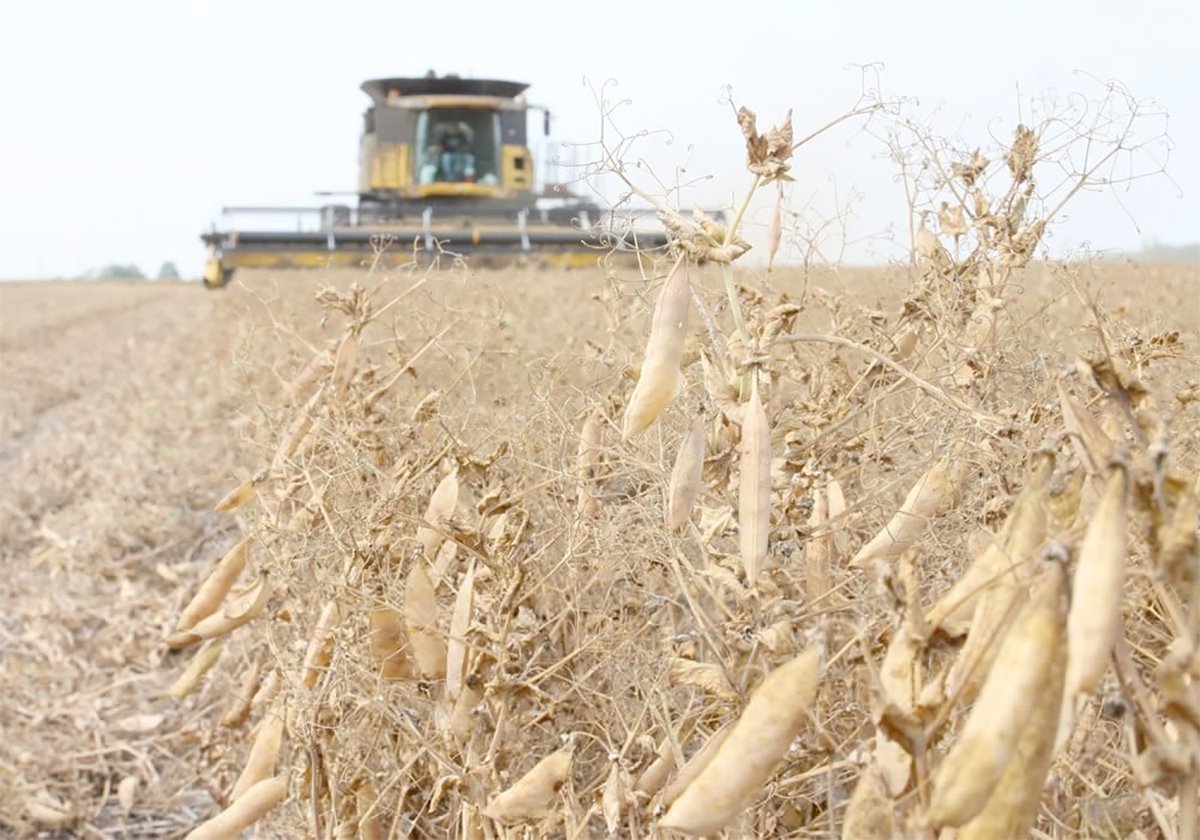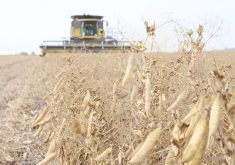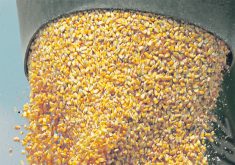Investment analysts believe the demise of the Canadian Wheat Board’s export monopoly would be a financial boon to Canada’s big three grain companies.
Wellington West Capital Markets Inc. analyst Robert Winslow said in a recent research note on Viterra that the CWB’s practice of allocating rail cars based on historic market share will give way to pure economic considerations.
“The larger processors would be able to offer farmers better pricing terms and services, presuming pure market forces are at work,” he wrote.
Read Also

Chinese, Indian tariffs take toll on pea prices
The disruption of pea exports from Canada’s largest customers will likely result in slow pea exports for the remainder of the crop year.
“This would suggest that smaller, less efficient grain handlers would be marginalized and the larger, more efficient handlers like Viterra would reap the rewards of higher throughput.”
The analysis assumed Viterra, Richardson and Cargill control 70 percent of grain handling. Half of the remaining 30 percent, which is now controlled by small processors, would be up for grabs as those companies “fade away.”
Winslow assumed Viterra would expand market share by 3.6 to 4.1 percentage points, adding $7 to $8 million to its annual earnings and $175 to $264 million in share value.
Cherilyn Radbourne, a research analyst with TD Newcrest, conducted a similar analysis last July.
She found 7.5 million tonnes of excess grain handling capacity, mostly small elevators loading 25 or 50 rail cars. Her analysis said that this capacity would close once the CWB’s monopoly is removed.
Radbourne believes the three big grain companies would benefit from the shift to a more market-oriented system of rail car allocation, with Viterra picking up an additional five percent of wheat handlings.
Companies would get full merchandizing margin on CWB grains instead of a fixed per tonne tariff. They would also direct more traffic to their own port terminals, increase asset use and maximize railway incentives.
She estimated the net benefit to Viterra would be $44 to $65 million in additional annual earnings.
Mark Hemmes, president of Quorum Corp., which monitors the efficiency of the western Canadian grain handling and transportation system, said the analyses are wrong to assume that car allocation is based on historic market share. Today’s system is more market-oriented, he said.
Former CWB chief executive officer Adrian Measner, who is now president of Mission Terminal, also takes issue with the analysis, but he does agree with the basic conclusion of the two investment analysts.
“There’s no question (the big grain companies) are going to be a lot better off in this new environment, but I think the main reason is the fact they control those export facilities,” he said.
“People who control the (export) facilities are going to control the flow of grain out of this country.”
John De Pape, a risk management specialist and CWB critic, said Ottawa must ensure the transition to an open market doesn’t reduce competition.
“Five years down the road, I don’t think anybody wants to see three grain companies, period. We want to see the smaller guys flourish,” he said.
De Pape believes the CWB could work with smaller grain companies and export terminals, using its knowledge and experience to bolster their business in exchange for using their assets.
“The wheat board could be the smaller grain company’s best friend going forward,” he said.















